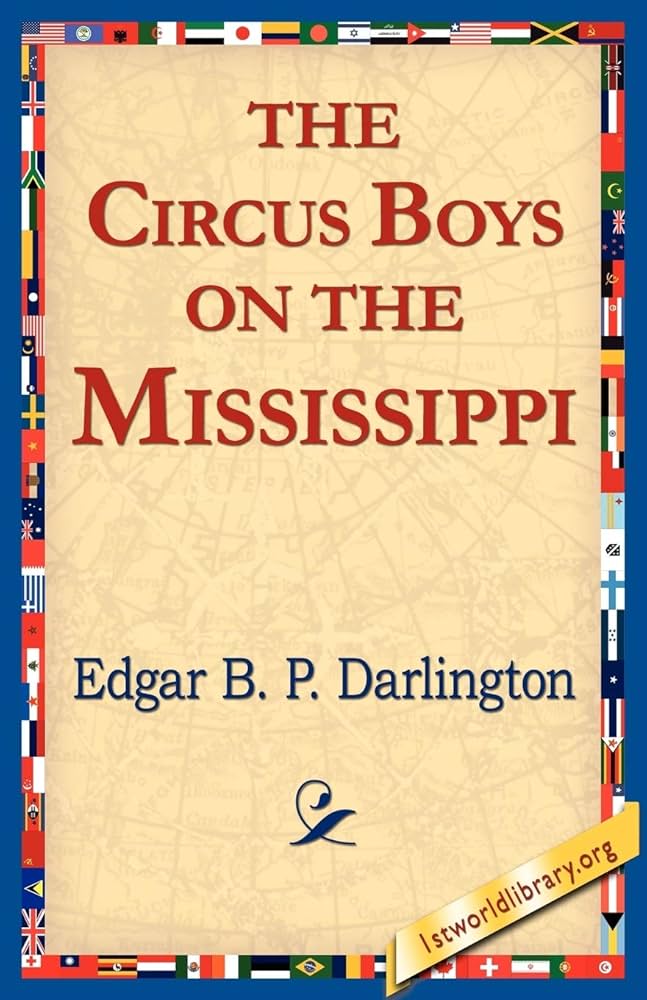Chapter XX — The Circus Boys on the Mississippi
byChapter XX begins with Teddy Tucker’s unresolved grudge still bubbling from a prank pulled by the circus band, especially the loud, unflinching bass drummer. To settle the score in his own comical style, Teddy arms himself with a bag of lemons, which he bites into dramatically right in front of the musicians. The sour-faced reactions of the band mid-performance are exactly the distraction he wanted, causing a few notes to falter and the rhythm to briefly collapse. Though the audience doesn’t catch on, the band members glare, clearly aware of the culprit behind the disruption. Mr. Sparling notices the disturbance but chooses restraint, issuing Teddy a warning rather than a punishment, knowing the boy’s antics usually end in unexpected solutions. For Teddy, boundaries are something to gently poke—not necessarily to cross outright. His humor and spirit keep the troupe light-hearted, even when things around them threaten to spiral into chaos.
The calm doesn’t last long as Bruiser, the baboon, seizes an opportunity for mischief during his cage cleaning and bolts into freedom. This sets off a frenzy aboard the circus steamer, where every performer and worker drops their tasks to join the chase. The baboon, faster than most expected, darts through tents and corridors, leaving upturned equipment and startled performers in his wake. Teddy and Phil spring into action with little hesitation, relying on instinct rather than plan. Bruiser eventually scrambles up the ship’s tall mast, high above the deck, where ropes sway and gusts threaten balance. No one volunteers to climb after him—except Teddy. With a firm grip on a rope and determination in his eyes, he swings upward like a seasoned acrobat, determined to reclaim order and maybe his pride.
Once near the top, Teddy finds himself in a tricky standoff. Bruiser growls and resists, but Teddy doesn’t back down. He uses calm commands and steady motion to inch closer. It’s a risky game, one requiring both courage and balance. A slight misstep could send either of them tumbling. But Teddy’s background in aerial stunts, honed under the circus tent, gives him an edge. Carefully, he lashes a tether around Bruiser and signals to the crew below. Cheers erupt as they lower both boy and baboon safely back to the deck. Mr. Sparling watches with a mix of awe and relief, impressed not just by the outcome but by the clever resolve of a boy many would call trouble.
As the boat resumes its journey, the circus crew reflects on the incident not just as entertainment but as a moment that reaffirmed their trust in one another. It’s clear Teddy doesn’t act out of pure rebellion—his pranks, wild as they may seem, often stem from loyalty or justice as he sees it. He’s young, but already proving capable of thinking under pressure and acting with courage. Phil, ever the more reserved and steady counterpart, compliments Teddy’s wild spirit by helping assess risks and outcomes. Their friendship balances reckless action with thoughtful support. Readers are reminded that behind the circus’s glitter lies a deeper story about growing up in a world where responsibility and daring are learned by doing, not just watching.
The camaraderie forged on the river and under the big top is strengthened by such events. Challenges, even when unexpected or dangerous, are taken in stride by those who’ve built their lives around unpredictability. From taming baboons to taming egos, the members of the circus learn that every act counts—not just for the show, but for survival. Mr. Sparling, though often stern, knows when to nurture and when to guide. His patience with Teddy is not weakness—it’s wisdom, understanding that bravery and mischief are often two sides of the same coin. As dusk settles on the Mississippi and laughter returns to the boat, readers are left with the sense that in this traveling world of wonder, every problem can be solved with heart, wit, and a bit of daring rope work.

